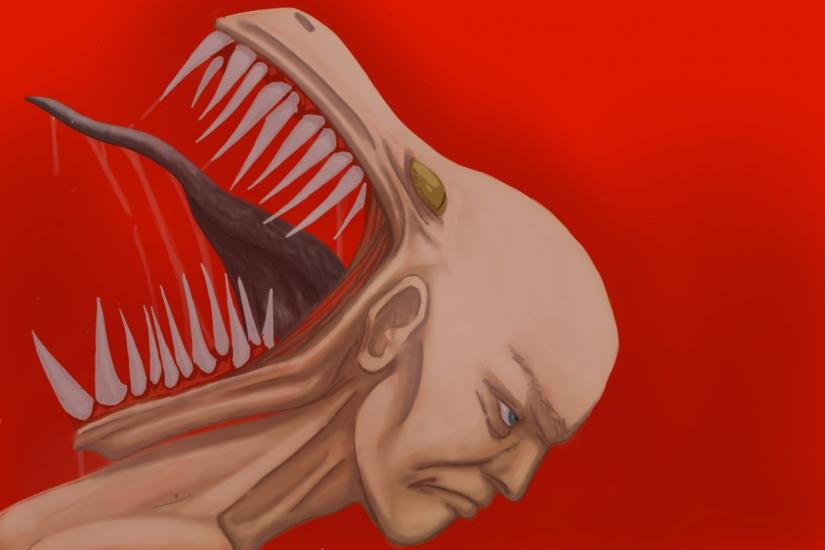5 Key Facts About Aggression
Testosterone, Video Games, and Genetic Predisposition
Aggression is typical in situations where the body reacts to unwanted events, such as pain, and tries to eliminate their source—solving the problem radically. Understanding the roots of aggression—physiological, neurobiological, social, and cultural—plays a huge role in the lives of individuals and society as a whole. Will castration, which lowers testosterone levels, be an effective measure to prevent repeat offenses? Are men more prone to aggression than women? Can monkeys commit collective killings just like humans?
1. Homo sapiens Are Genetically Predisposed to Aggression
For over a decade, scientists have been searching for genes associated with aggressive behavior. One of them is the androgen receptor gene. This gene contains specific regions—VNTR regions—with a certain number of C-A-G triplet repeats, ranging from 8 to 35.
The number of repeats is believed to affect the efficiency and sensitivity of androgen receptors. These receptors respond to male sex hormones, and the body’s reaction to testosterone surges largely determines aggressive responses, especially physical aggression.
2. Nervous System Structures Also Play a Role in Aggression
“When we look at the nervous system, the hypothalamus is responsible for aggression. It triggers endocrine and autonomic responses. The amygdala is also involved. Another very important player is the cingulate gyrus, located on the inner surface of the cerebral hemispheres, which compares real and expected behavioral outcomes. The cingulate gyrus, together with the frontal cortex, predicts our behavior and its consequences. The more developed and efficient this system is, the less aggressive behavior is typically observed,” says physiologist Vyacheslav Dubynin.
3. High Testosterone Can Trigger Aggression, but Context Matters
“Context dependence means that testosterone is not the cause of action X, but rather amplifies the effectiveness of something else that is the cause of X.
To illustrate, consider a classic 1977 study of male talapoin monkeys. Males in the middle of the group’s hierarchy (say, rank 3 out of 5) were given testosterone to increase aggression. Did these ‘testosterone-charged’ monkeys attack the alpha males (ranks 1 and 2)? Not at all. Instead, they became bullies toward the unfortunate monkeys at ranks 4 and 5. The hormone didn’t create new aggressive social ties; it only reinforced existing ones.
Studies have shown that in humans, testosterone does not increase the baseline activity of the amygdala; it heightens its response and increases heart activity when viewing threatening faces (but not neutral or happy ones),” writes neuroscientist Robert Sapolsky.
4. Studies Link Video Games and Aggression, but Methodology Is Questioned
An American research group led by Craig Anderson claims that observing aggressive behavior can lead people to bring aggression into their daily lives. Their numerous studies, including longitudinal research on children, show that playing violent video games increases not only aggression but also impulsivity and lowers academic performance.
However, this school of research is criticized for its methodology. There is also no neuropsychological evidence supporting Anderson’s findings. No changes have been found in the brain areas responsible for empathy among players of violent video games.
5. Monkeys Are Also Capable of Aggression, Including Lethal Acts
In 2014, a study by a group of primatologists published in Nature made revolutionary discoveries about aggression in monkeys, which are directly relevant to humans.
- Great apes in the wild are capable of killing their own kind and even benefit from it.
- Lethal aggression is a deliberate act with the goal of killing outsiders.
- These acts are often collective, with attackers and victims being unequal in strength, so the killers are not really at risk.
- Group acts of lethal aggression are carried out by males, not females.



